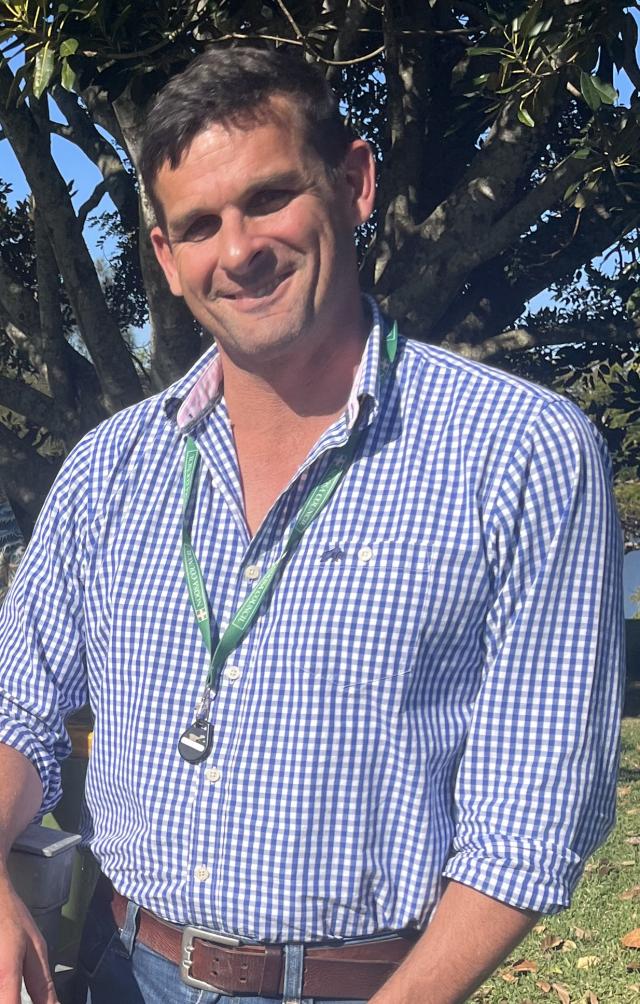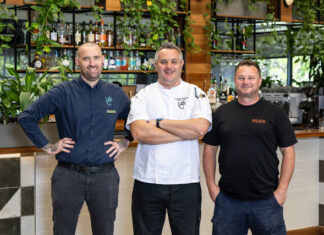Precede
PHIL JARRATT looks at our landfill problem in the first of a two-part examination of the upgrading of Noosa Council’s waste management strategy, ahead of community consultation coming this spring.
The proverb I’ve borrowed for the headline above was penned by an unknown author in 1576, revealing that we’ve known that waste was not a good thing for at least 450 years.
Two centuries later it had been corrupted into the better known “waste not, want not”, which most of us would be familiar with, even while we live with the modern mantra of “buy it, use it, chuck it”.
The problem today is that rampant consumerism is promoted in so many ways in the developed world that we buy too much, use it too little (if at all) and chuck it too soon when it might have been repurposed or recycled.
The end result of this is that we fill our tips almost as fast as we can dig them, while at the same time our potentially productive organic waste creates methane which releases frightening levels of greenhouse gas emissions into the atmosphere.
Put simply, if you’re part of the buy-use-chuck mob – and who among us can escape that label from time to time – you’re at least partly responsible for continued rate hikes while councils try to work out where to put our waste, and more importantly, for contributing to climate change by making our emissions targets virtually impossible to attain.
If you think this is a little extreme, consider these frightening numbers: last year Noosa Council spent $9 million building a new cell to extend our tip, just a dozen years since the last such extension, and there is room to build more such cells, should they be required to give the landfill another 50 years of lifespan. If Council were to consider the option of trucking our waste elsewhere, the 45,000 tonnes we chuck into it each year would cost us a minimum of $40 a tonne extra in transport alone, or $1.8 million a year.
That’s just the financial.
Looking at the contribution to climate change, while Noosa Shire’s community waste accounts for 9 per cent of total emissions, more than 62 per cent of the emissions attributed to Noosa Council come from the landfill.
This no doubt offers some the opportunity to say, well, it’s Council’s problem, not ours.
But as Council’s waste and environmental heath manager Kyrone Dodd points out: “Council manages the tip, but the whole community is responsible for what goes into that landfill. A key part of the messaging that we’re going to engage in has to be that the responsibility for what is thrown out lies with the person who buys the item.”
Kyrone offers a couple of local examples to sheet home his message.
“We’ve just had a massive influx of people buying houses. What’s the first thing they do? They gut the house and put everything into landfill.
“That’s been a huge part of what we see going into the tip – house renovation waste. And that applies from a virtual knockdown to just replacing all your furniture and appliances.
“The recycling shop out at the tip will try to use some of it but they can’t possibly use all of it.”
And if it’s not the renovators of demolishers, it’s the fashionistas.
“The biggest problem with waste is the mindset,” Kyrone said.
“You don’t need a new pair of shoes or a new outfit every month, but some people buy them.
“We have 1500 tonnes of material come from the charity shops each year that go to landfill. “It’s not the fault of the charities, they’re just given too much of it to handle, so we’ve started trying to work with them on solutions, such as possibly transporting some of it to places where the need is greater.”
Kyrone, who took on the crucial waste management role about two years ago, is originally a North Queenslander but he spent more than a decade working at the coalface (excuse the expression) of sustainable waste management in the UK and Europe.
As Cr Tom Wegener puts it, “He’s seen into the future. The value of Kyrone to Noosa is that he’s been in the trenches on these issues. He’s not just an academic presenting an academic proposal that hasn’t been tested.”
“I’ve seen where we should be,” Kyrone said.
“In the UK, for example, I worked on the other side, for the contractors. There are many different technology options, ways of treating waste, but the main drivers are emissions and landfill diversion.
“Some of the councils I worked with over there in 2010 had diversion rates up around 70 per cent of all materials diverted from landfill. That was a very big number 12 years ago, so here in Noosa we have a long way to go. But there’s a lot of movement in that space, and a great opportunity for Noosa.”
Council’s Climate Change Response Plan, ratified a year ago, noted “the most significant source of Council emissions (63 per cent) is the landfill owned and operated by Noosa Council that receives and manages the Noosa community’s residential and commercial waste. Council’s waste management plan (in development) will deal with landfill emission reductions, as well as reducing overall waste.”
The plan identified as its emission reduction initiatives, “Continuing to improve landfill methane gas capture; investigating organic waste reduction and reuse opportunities; continuing community waste education programs.”
Meanwhile in November last year the Queensland Government and the Council of Mayors South East Queensland (COMSEQ) launched the SEQ Waste Management Plan, a collaboration to fight the war on waste, with the state and COMSEQ already committing to funding waste awareness and education programs, which should dovetail neatly with Noosa’s community consultation and subsequent waste strategy.
The consultation process will be trying to get an understanding of what is challenging for people in terms of what they currently send to landfill.
“We hope to find out more about what people feel about controlling waste, from their doorstep to the landfill,” Kyrone said.
“We want to understand what’s important to them in terms of waste minimisation and emissions reductions. We want to see how they feel about breaking the cycle of buy, use, tip, and replacing it with a circular economy.
“Community feedback will in turn shape which technologies will be a best fit for Noosa.”
The good news is that Noosa is already using diversion and reduction technologies and is developing a circular economy.
“Where Noosa is leading the way is in taking out the green waste.
That was happening before I got here and it was good thinking,” he said.
“The Europeans have been doing that for a while but here a lot of councils aren’t.
“At the moment we mulch it or grind it or double grind it and sell it for mulch. We send a lot to a contractor who adds more materials to it and sell it back to commercial entities as bags of fertiliser.
“When you put organic waste into a landfill it goes anaerobic (without air) so landfill is pretty much an anaerobic digester without the tank.
“So we’ve taken the green waste out, but the food waste is still going to landfill, and there’s a lot of it, from household food waste to our many restaurants.
“That requires either in-vessel composting or anaerobic digestion. With AD you recover energy, with IVC in general you don’t. But either way you’re reducing greenhouse gas emissions.”
Kyrone’s experience in the UK and Europe has given him a thorough understanding of the complexities of waste reduction and recycling.
“I’ve worked on anaerobic digester designs, recycling plants and energy from waste designs with investors, farmers and councils.
“One thing I’ve learned is that if you put the wrong technology in based on wrong assumptions, it’s trouble. I was also involved in a huge recycling facility in Manchester, so I know there are a lot of moving parts to this, and you have to have all the information in front of you before you make a decision.”
But it has also given him an appreciation of the European waste philosophy.
“I think when you’re putting all of this stuff into the ground, you’re not looking at the value of it, which is where the Europeans have a different mindset.
“They look at waste as a resource, and they look at its calorific value or its gas potential, how to generate power from it. I think that’s the endgame for us too, to look at waste as a resource.”
Next week we look at the power of the people in eliminating waste, from doorstep to landfill.










